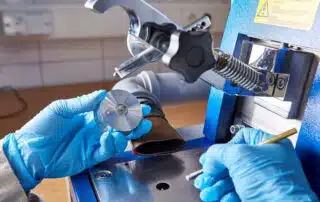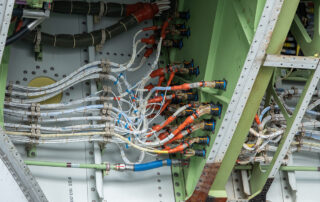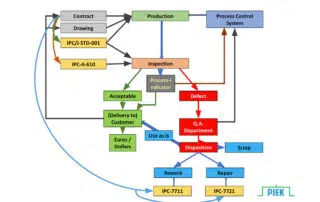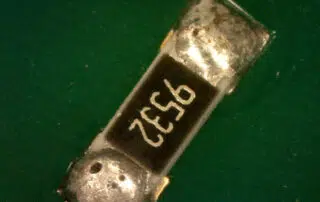Solder mask – gloss or no gloss (that’s the question)
When electronic assemblies are inspected with the aid of an AOI-system (Automated Optical Inspection), it sometimes happens that products are rejected based on deviating colour or degree of gloss. Often the bare board supplier gets the blame or there is [...]







